The orthopedic walking boot is something that should be painless and easy to use when someone has a leg injury. However, some walking boots do the exact opposite and can make it hard even to move in them.
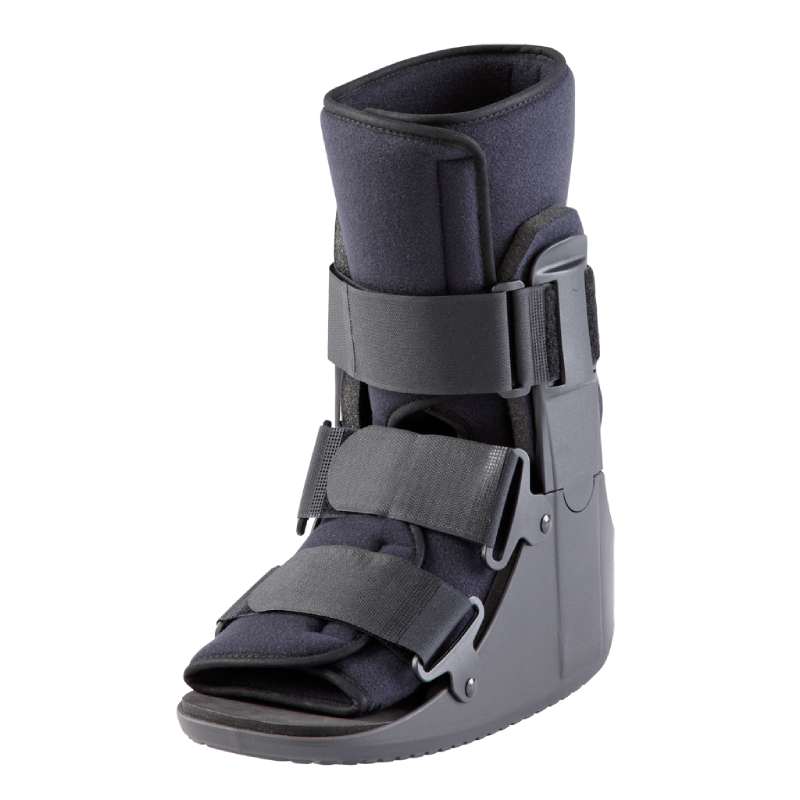
Actually, that's what they are made for, these walking boots make sure you don't use your injured leg and end up affecting it even more. Even though they help in recovering speedily, many people find air cast boot uncomfortable, and really, they can make it hard to follow a daily routine.
Therefore, unfortunately, if you are someone who is prescribed to wear a boot after surgery and finds it hard to wear a walking boot, worry not! Here we are with some helpful tips for wearing a walking boot and general information regarding walking boots. So even if you don't have any reason to wear a walking boot, you can read this guide till the end.
TIPS FOR WEARING A WALKING BOOT
WHAT DOES A WALKING BOOT DO?
Unlike normal boots, aircast boots are specially made for protecting your leg, ankle, and foot after its severely injured. A walking boot has a rigid plastic frame with velcro straps and hooks for tightening it. They use soft cushions for the inner lining, making it comfortable for the injured leg.
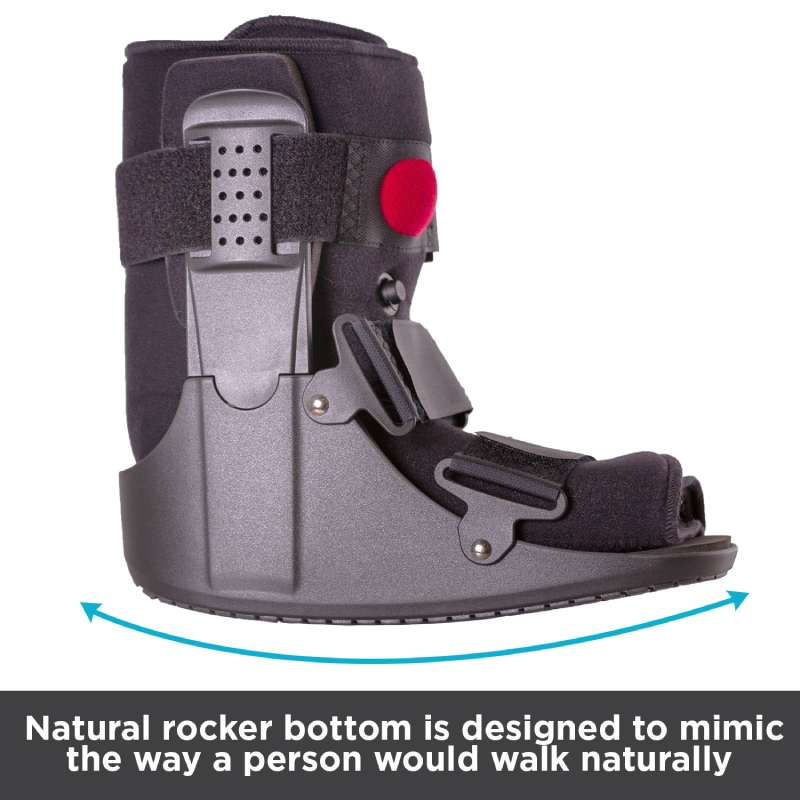
Also, the rigid plastic frame helps in the quick healing of your leg while immobilizing it. Thus, if you have a foot in a boot it obliges you to rest and reducing stress on your injured leg and increasing the chances of binding your broken bones, tendons, or healing sprains.
HOW TO PROPERLY WEAR A WALKING BOOT
Simply wearing a walking boot is not enough. For better and quick recovery, you must wear it accurately. Depending on your injury, you should ask your physician or doctor for the perfect way to wear it. However, if you don't know, here are the crucial steps you should follow for properly wearing a walking boot.
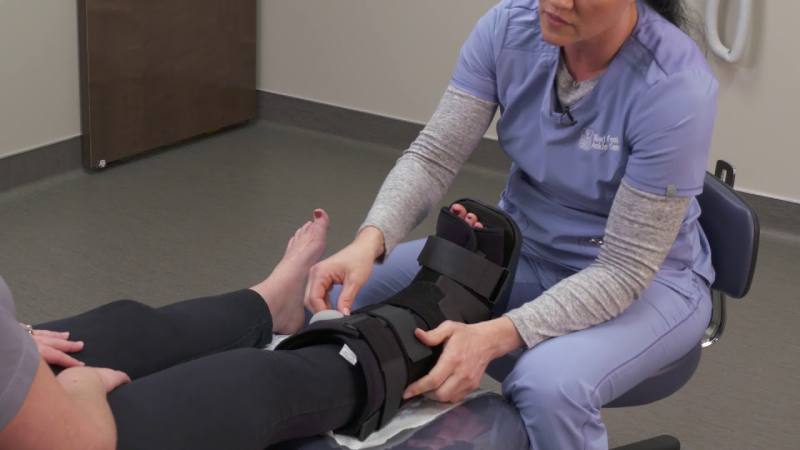
EASY TIPS TO WEAR WALKING BOOTS
HOW TO WALK IN A WALKING BOOT WITH BROKEN ANKLE
If you have a broken ankle, we would recommend you take a rest as much as possible. However, if your doctor has prescribed walking to you, here are some tips you should follow.
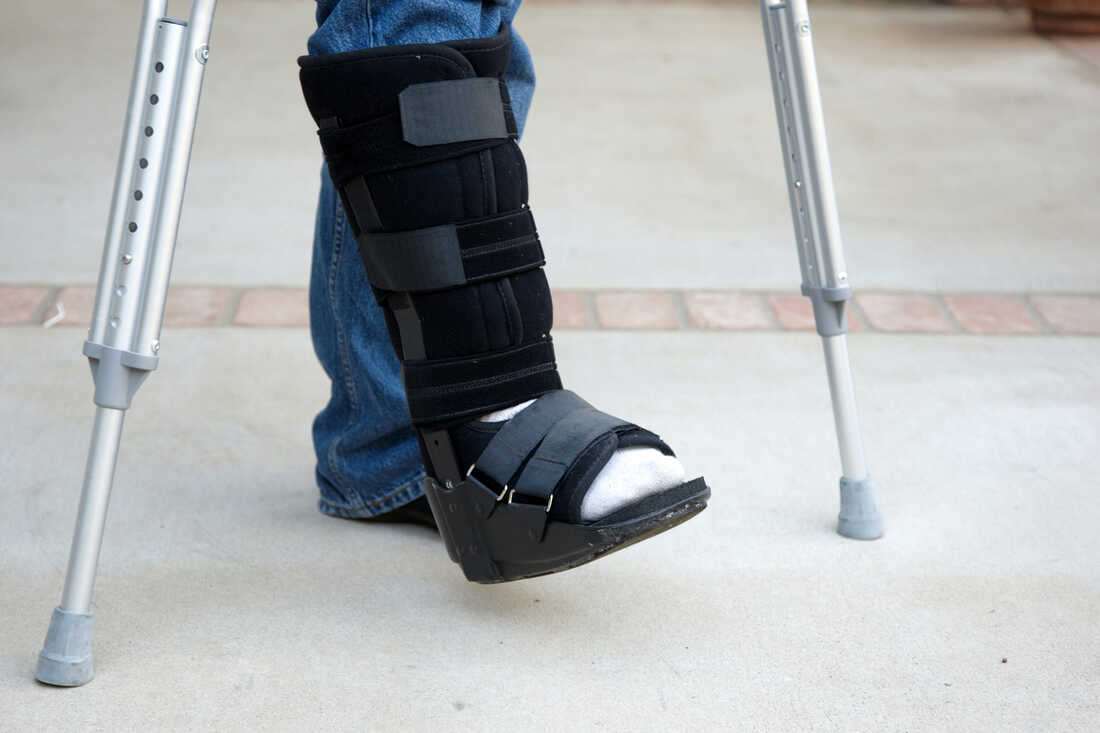
HOW TO WALK IN A WALKING BOOT WITH SPRAINED ANKLE
Every person who has experienced a sprain in the ankle knows how it feels to work with it. It's not easy to work normally when you can't even walk properly. To not make it severe, you should rest more. However, if it's necessary for you to walk with a walking boot, here are some tips.
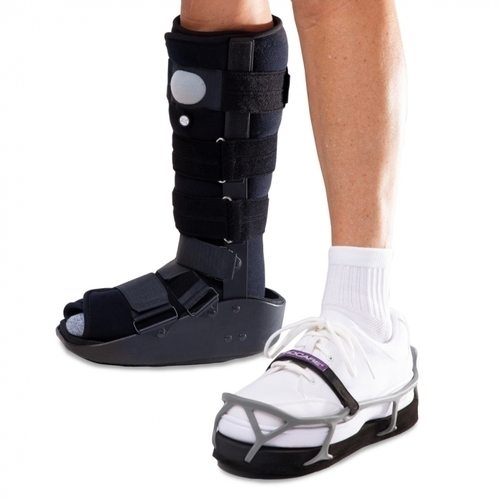
THE BEST SHOE TO WEAR WITH A WALKING BOOT
While wearing a walking boot, you cannot use your footwear as usual. You need to balance both your feet equally as walking boots are higher as compared to normal shoes. For that, you can use higher sneakers as they are comfortable to use and known as best shoes to wear with a walking boot
Also, you can get a shoe leveler or balancer which can be used with any footwear of your choice. Not using higher sneakers or a shoe balancer can cause bad shoulder posture.
FREQUENTLY ASKED QUESTIONS
1. Can I Wear A Sock With My Walking Boot?
Absolutely yes, you can wear a sock in your walking boot as a sock will act as a barrier between your orthopedic walking boot and your foot, thus reducing friction between them.
2. Can A Walking Boot Cause Pain?
Yes, a walking boot can cause pain. If its fitting is loose, your foot won't remain in one place. Also, if it's too tight, your foot might swell or get air cast boot blisters.
CONCLUSION
A walking boot is a must if you have a leg injury and you should not avoid wearing it. Even if it causes some pain and discomfort, it will help you in recovering early. To say, boot walking is not that hard and you can follow our detailed tips and steps to make it easier for you to work while wearing a walking boot.
However, we would recommend you to consult your doctor or physician and not only rely on online information as they are the ones who know your injury details.
Jeffrey has a Master of Science degree in sports science and a Bachelor of Science degree in psychology. Jeffrey has worked in sports medicine clinics, corporate wellness facilities and rehabilitation clinics. He/She is an exercise physiologist and fitness consultant who has been writing about sports equipment and training techniques for athletes and fitness enthusiasts for over a decade.
